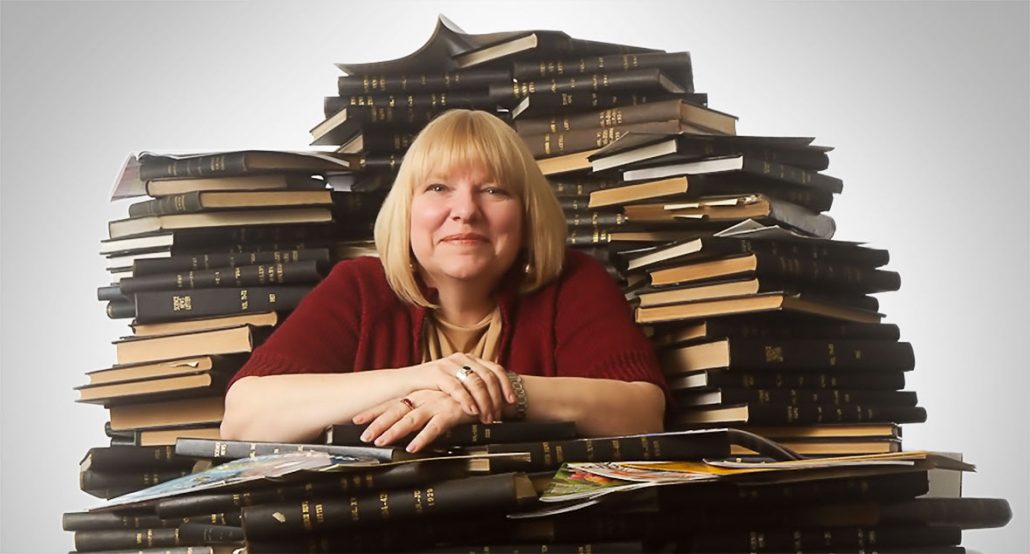Science News for Students: Enjoy more than our new look
The same great journalism now comes bundled with more features

Janet Raloff, a Science News staffer for 40 years and Editor, Digital of Science News Explores, is committed to journalistic excellence while also educating a new generation on all things science.
Jim Webb